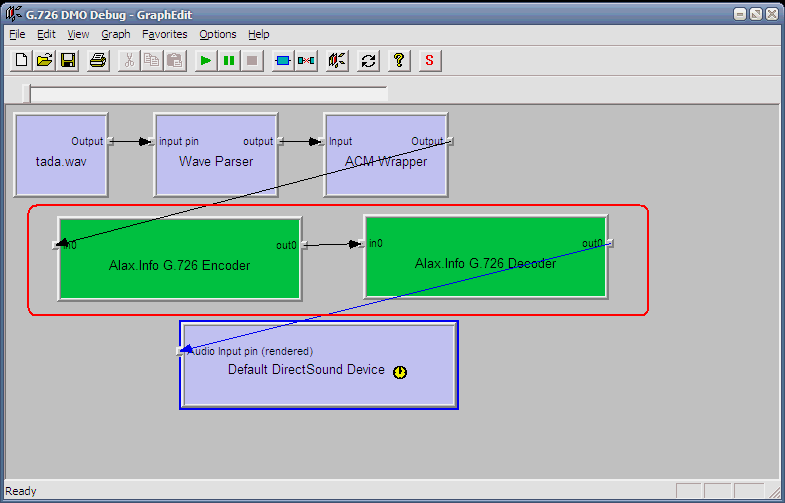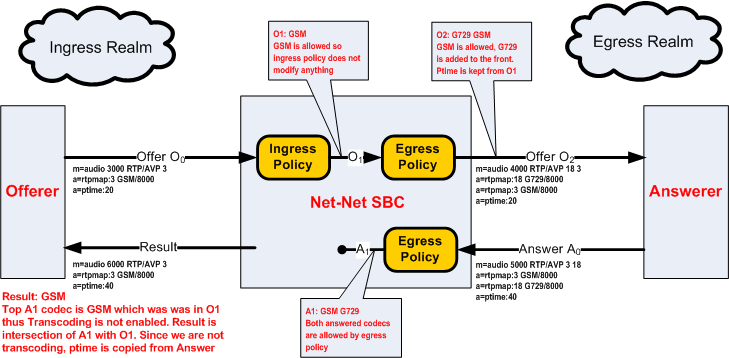

While AAC does have multi-channel support, it is much more common to see Dolby or DTS codecs used for multi-channel audio. Multi-channel streams are often labled as X.Y, where X is the number of full-bandwidth audio channels, and Y is the number of low-frequency channels, like, for example "5.1". Some codecs support encoding more than two channels.

#G726 audio codec decoder mp4
The most common audio codec for MP4 files is AAC ("Advanced Audio Coding"), including it different "modes": HE-AAC v1 and HE-AAC v2 ("High-Efficiency AAC"), and more recently xHE-AAC ("Extended High Efficiency AAC"). The most common extensions/formats are Dolby Vision and HDR10. This is often called HDR ("High Dynamic Range").

Some video streams may include extensions that encode extra information that allow the video to be displayed with a higher dynamic range. In all cases, the input files for the mp4dash packager are in MP4 format, which includes codec metadata and media samples. A more recent addition to the codec landscape is the AV1 codec ("AOMedia Video 1"). The two most most common codecs you are likely to work with are H.264 (a.k.a AVC, or "Advanced Video Coding"), and H.265 (a.k.a HEVC, or "High Efficiency Video Coding"). Design and fast implementaion of G.726 ADPCM codec for audio and speech applications.
#G726 audio codec decoder simulator
The G.726 Encoding technique will be proved both on simulator and on ARM9 based board. The Bento4 tools support a large number of codecs, most of which are handled in the same way, but some may have codec-specific options. An ITU G.726 decoder executable will be used to playback the compressed ADPCM file. The specifics of how the media is encoded is referred to as a "codec" (COder DECoder). An MPEG DASH presentation includes one more media steams, each containing encoded media.


 0 kommentar(er)
0 kommentar(er)
